Hagia Sophia, located in Istanbul, Turkey, is a marvel of architecture and a testament to the rich history and cultural heritage of the region. From its origins as a Christian cathedral to its transformation into a mosque and later a museum, Hagia Sophia stands as an iconic symbol of religious and cultural diversity.
The Hagia Sophia Grand Mosque, a captivating landmark in Istanbul, Turkey, boasts a history as rich and complex as its architecture. Once a church, then a mosque, and now a mosque again, this UNESCO World Heritage Site embodies the city’s fascinating blend of cultures and religions.
Historical Background
Construction and Early History
The story of Hagia Sophia begins in the 6th century when Byzantine Emperor Justinian I commissioned its construction as a cathedral. The architects, Isidore of Miletus and Anthemius of Tralles, achieved a marvel of engineering with a massive dome that soared above the surrounding buildings. The interior was adorned with intricate mosaics depicting Christian themes, reflecting the grandeur of the Byzantine Empire. For centuries, Hagia Sophia remained the largest church in the world, a testament to Byzantine artistry and faith.
Conversion into a Mosque
The conquest of Constantinople by the Ottomans in 1453 marked a turning point for Hagia Sophia. Sultan Mehmed II converted the church into a mosque, adding minarets to the exterior and incorporating Islamic elements within. While some Christian mosaics were plastered over, others remained visible, creating a unique blend of religious iconography. For centuries, Hagia Sophia thrived as a mosque, serving as a spiritual center for the Ottoman Empire.
Museum Status
In 1935, under the Republic of Turkey’s secularization efforts led by Mustafa Kemal Atatürk, Hagia Sophia was converted into a museum. This decision aimed to promote secularism and preserve the building’s cultural and historical significance. As a museum, Hagia Sophia attracted millions of visitors from around the world, showcasing its unique blend of Byzantine and Islamic art and architecture.
Architecture and Design
Byzantine Architecture
Hagia Sophia’s architecture reflects the grandeur and sophistication of the Byzantine Empire. Its vast interior space, adorned with intricate mosaics, marble pillars, and decorative motifs, exemplifies Byzantine craftsmanship and engineering prowess. The dome, with its innovative design and impressive dimensions, remains an architectural marvel admired by scholars and visitors alike.
Islamic Influence
Upon its conversion into a mosque, Hagia Sophia underwent significant renovations to accommodate Islamic worship practices. The addition of minarets, mihrab (prayer niche), and minbar (pulpit) incorporated elements of Islamic architecture while preserving the building’s original Byzantine features. This fusion of styles symbolizes the cultural exchange and religious tolerance prevalent in the region.
Interior Features
The interior of Hagia Sophia is adorned with stunning mosaics, calligraphy, and marble panels, showcasing the artistic achievements of both Byzantine and Islamic civilizations. The mihrab, adorned with intricate Islamic calligraphy, serves as a focal point for Muslim worshippers, while the Christian mosaics depict scenes from the life of Jesus Christ and the Virgin Mary, reflecting the building’s diverse religious history.
Cultural Significance
Religious Importance
Throughout its history, Hagia Sophia has held immense religious significance for both Christians and Muslims. As a former cathedral and later a mosque, it has been a place of worship and pilgrimage for believers of both faiths, embodying the spirit of religious tolerance and coexistence.
Symbol of Empires
Hagia Sophia’s status as a symbol of imperial power is evident in its rich history. From the Byzantine Empire to the Ottoman Empire and later the Republic of Turkey, it has served as a focal point for political and cultural expression, reflecting the aspirations and ambitions of successive empires and civilizations.
UNESCO World Heritage Site
In 1985, Hagia Sophia was designated a UNESCO World Heritage Site, recognizing its outstanding universal value and cultural significance. The UNESCO inscription highlights the building’s architectural brilliance and historical importance, ensuring its preservation for future generations to admire and appreciate.
Controversies Surrounding Hagia Sophia
Political Implications
The status of Hagia Sophia has been a subject of controversy and debate, particularly regarding its use as a mosque or museum. Political tensions and nationalist sentiments have often influenced decisions regarding the building’s management, leading to heated debates and protests both domestically and internationally.
International Response
The reconversion of Hagia Sophia into a mosque in 2020 sparked condemnation from various countries and religious organizations, citing concerns about religious freedom and cultural heritage preservation. The decision prompted diplomatic tensions and calls for dialogue and reconciliation to address the complex historical and religious sensitivities associated with the site.
Recent Developments
Reconversion into a Mosque
In July 2020, Turkish President Recep Tayyip Erdoğan announced the reconversion of Hagia Sophia into a mosque, citing the desire to restore its status as a place of Muslim worship. The decision was met with mixed reactions, with some welcoming the move as a reaffirmation of Turkey’s Islamic identity, while others expressed concern about the impact on interfaith relations and tourism.
Impact on Tourism
The reconversion of Hagia Sophia has raised concerns about its impact on tourism and cultural heritage preservation. While some visitors may be drawn to the site for its religious significance, others may choose to avoid it due to political controversies or concerns about accessibility and inclusivity. Balancing the needs of religious worshippers, tourists, and preservationists remains a challenge for authorities tasked with managing the site.
Conclusion
Hagia Sophia’s rich history and cultural significance make it a symbol of religious diversity and architectural brilliance. From its origins as a Christian cathedral to its transformation into a mosque and museum, it has witnessed centuries of political, cultural, and religious change. Despite the controversies surrounding its status, Hagia Sophia Grand Mosque serves as a powerful symbol of Istanbul’s complex history. Throughout the centuries, it has adapted to the changing tides of empires and religions. Today, it stands as a testament to human achievement in architecture, a reminder of the importance of tolerance and understanding across cultures and faiths.
FAQ's
Is Hagia Sophia still open to visitors?
Yes, Hagia Sophia is open to visitors, although there may be restrictions or changes in operating hours due to ongoing renovations or political developments.
Can visitors still see the Christian mosaics inside Hagia Sophia?
Yes, many of the Christian mosaics and artwork are still visible inside Hagia Sophia, offering visitors a glimpse into its Byzantine past.
What is the best time to visit Hagia Sophia to avoid crowds?
Early mornings or late afternoons are generally less crowded times to visit Hagia Sophia, allowing visitors to explore the site with greater ease.
Is there an admission fee to enter Hagia Sophia?
Yes, there is an admission fee to enter Hagia Sophia, although prices may vary for different visitor categories such as students or seniors.
Are guided tours available at Hagia Sophia?
Yes, guided tours led by knowledgeable guides are available at Hagia Sophia, providing visitors with insights into the building's history, architecture, and cultural significance.






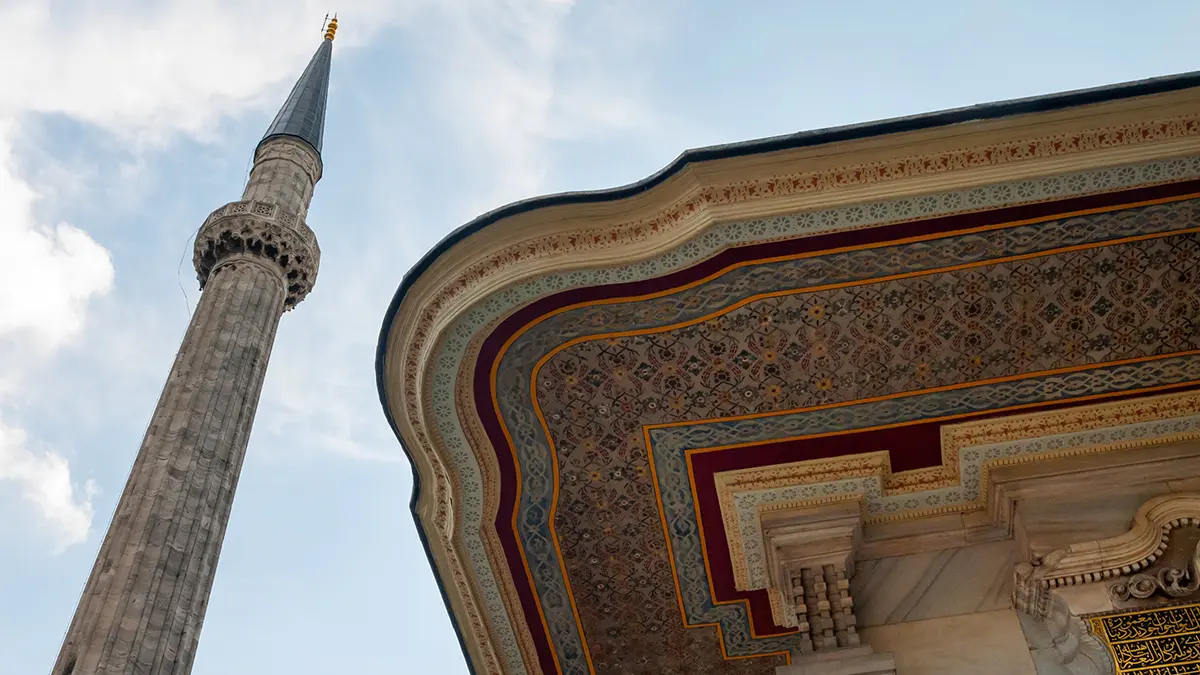

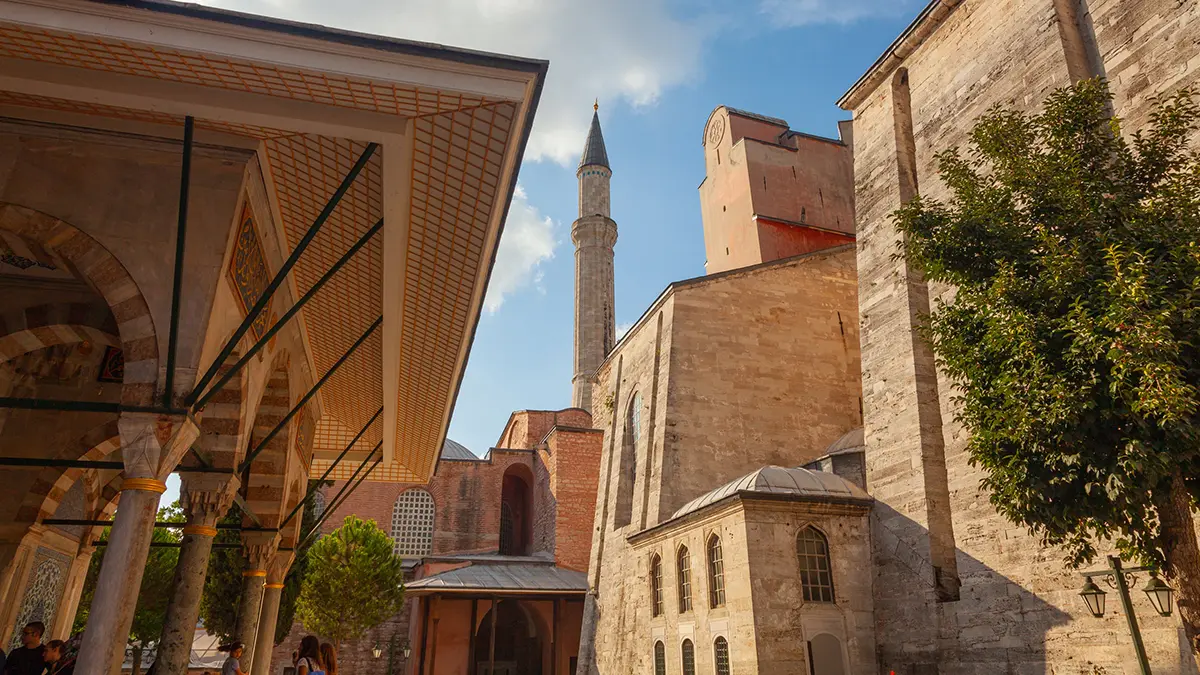





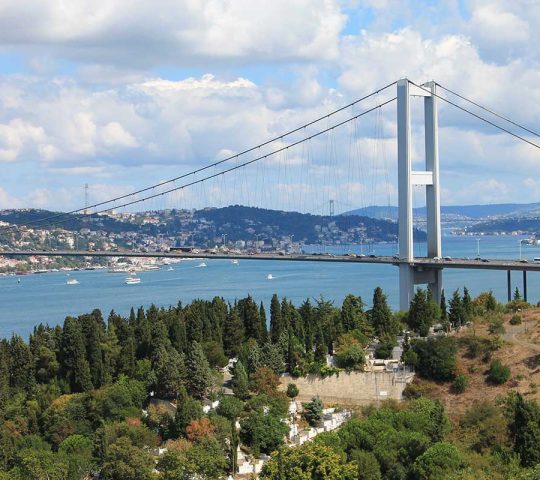
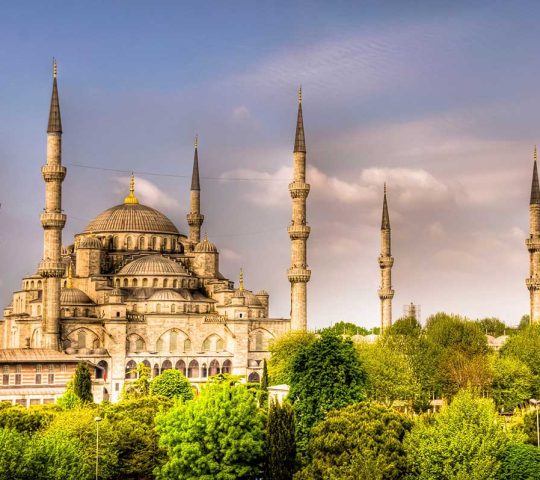
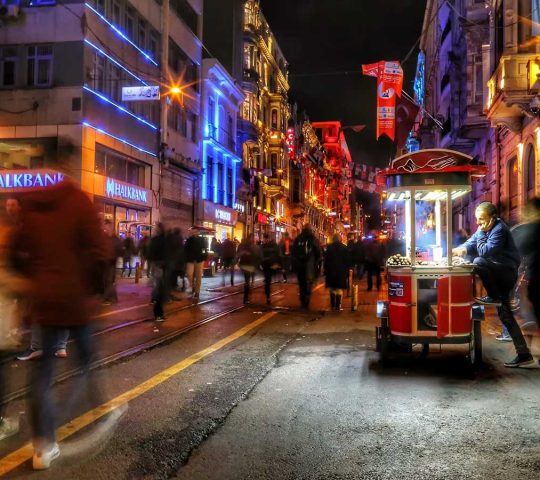
that's beautiful